Contributed from Victoria
We are halfway through NAIDOC week. This year’s activities began in Melbourne last Friday, with thousands of First Nations people gathering outside the Fitzroy Aboriginal Health Service, and then marching into the city to raise their voices together.
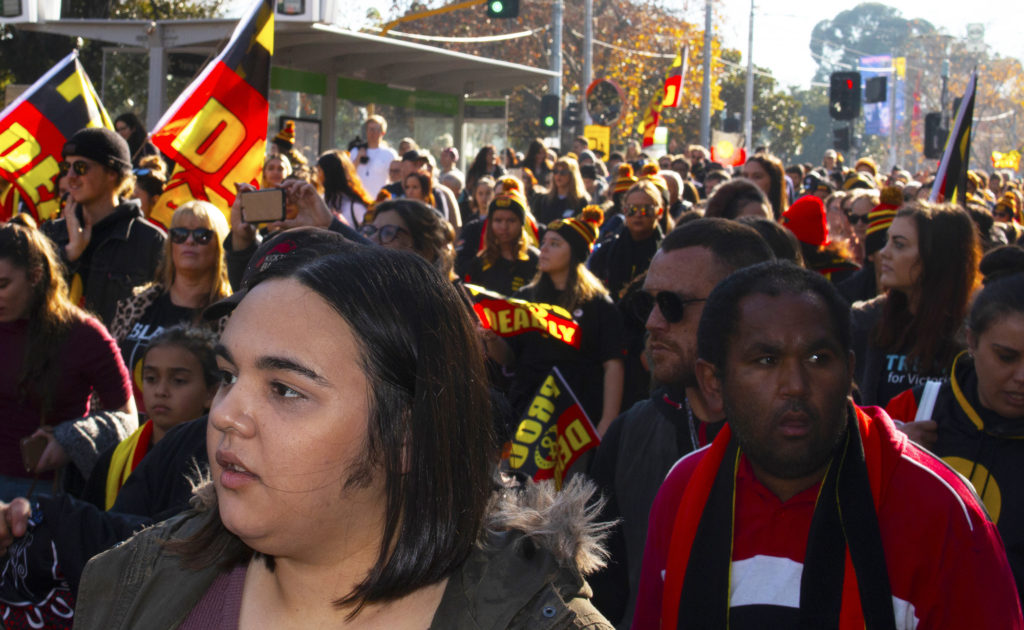
NAIDOC Week celebrates the history, culture and achievements of the first Australians, who survived the weight of European invasion, dispossession and many years of oppression. They come together during NAIDOC to celebrate unique cultures and traditions.
The term NAIDOC is an acronym for National Aborigines and Islanders Day Observance Committee. Activities are organised through communities, government agencies, local councils, schools and workplaces.
This is not only an occasion to celebrate. It provides a platform for telling
Australia that the First Nations are rising, fighting for self-determination and the right to stand as equals with the rest of Australia. The political path ahead is underlined by the three words voice, treaty and truth.
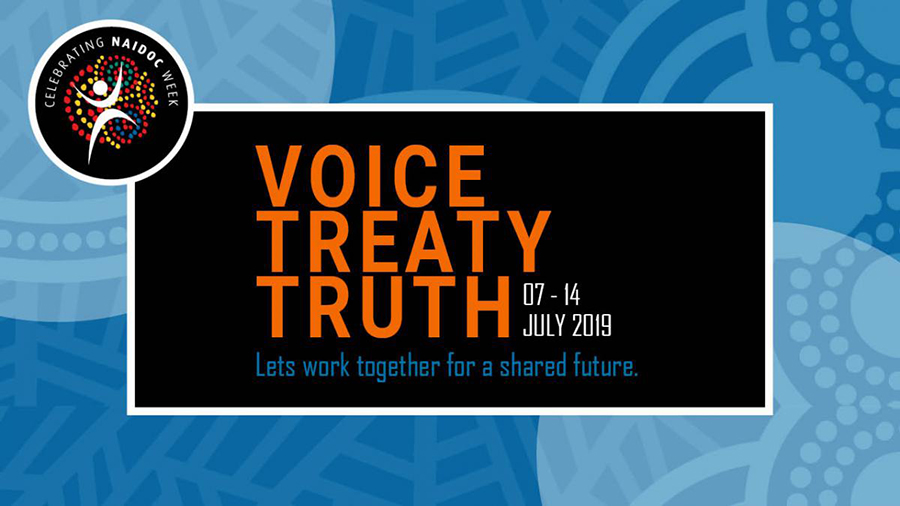
Non-Indigenous Australia faces a challenge.
This challenge is not about individuals saying this is my fault. It’s about recognising what was done in our name and taking responsibility, through participation in bringing about change.
Nor does this stop at acknowledgments. The challenge is to take on practical action to make a difference: Daring to change ourselves for the better: Supporting the efforts of the First Nations to win justice.
Like everyone else, First Nations peoples have a right to be proud of who they are. Their traditions and culture deserved to be valued. They offer a lot for Australia’s future.
Since the arrival of the first British governor, the First Nations have not had a voice in shaping the future of the country. They have not even been allowed to shape their own future.
It was only in 1967 that a referendum recognised their status as citizens of Australia. Although this was progress, the reality of dispossession, disadvantage, lack of power, and many other negative features brought down by history remained.
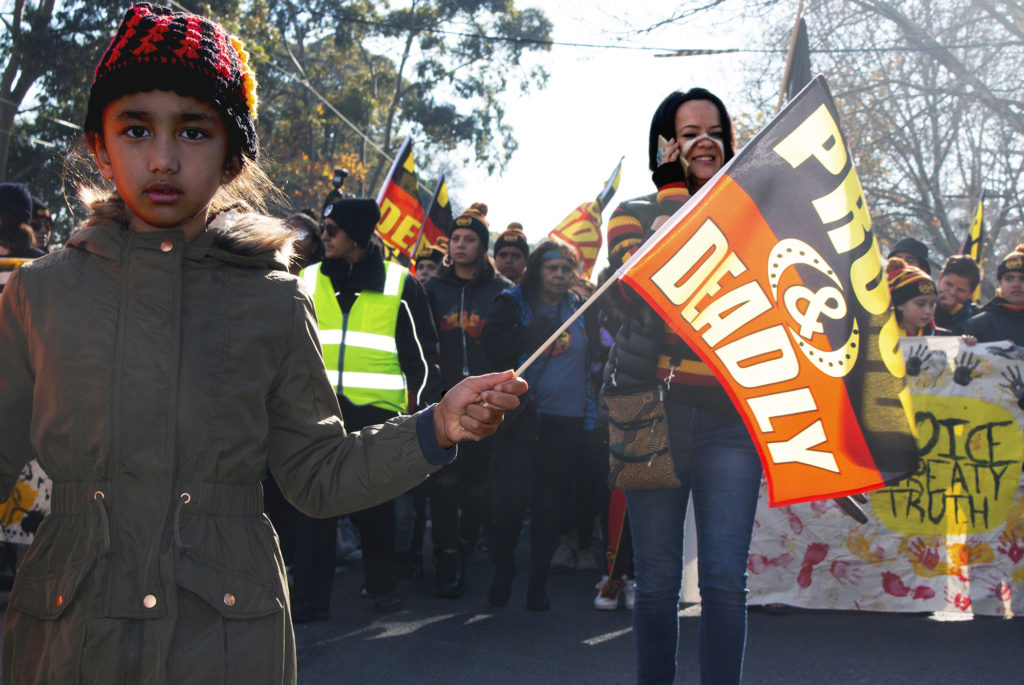
Moving forward to their resolution, is not possible without non-indigenous Australia taking on board the real history, accepting that the first Nations peoples have the right to determine their own future, and can make an important contribution Australia’s progress.
This is not possible without having a voice. Recognising this is much more than words. A framework ensuring this voice is real and not just a token must be put into place. It can be written into a new constitution. A representative and decision making system with legal standing can be established.
Progress will depend on an acknowledging that there has been an ongoing conflict, and that this can only be resolved through negotiation, leading to treaties between Australian governments and the First Nations.
Those who were here first, never asked to be colonised and mistreated. They did not willingly give up the land that they had lived on for at least 65,000 years.
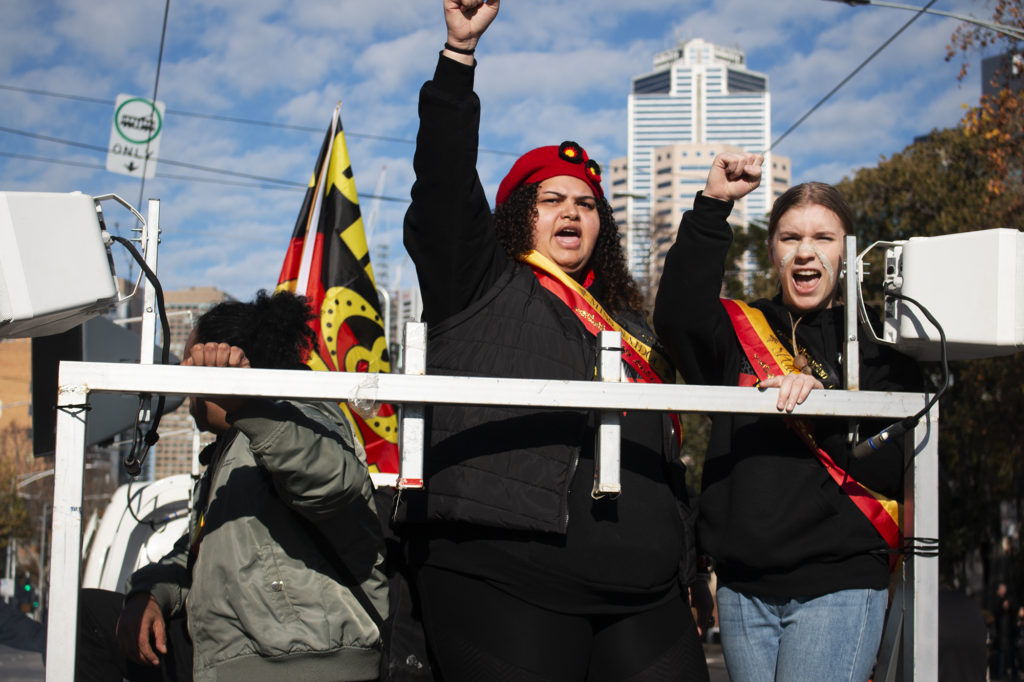
It was taken by force. The First Nations fought back against overwhelming odds. This must be admitted as well.
little can be achieved, without accepting and telling the truth about what has happened. Through this, real solutions to the existing problems can be found.
Achieving this milestone, will lay an important foundation for Australia’s future.

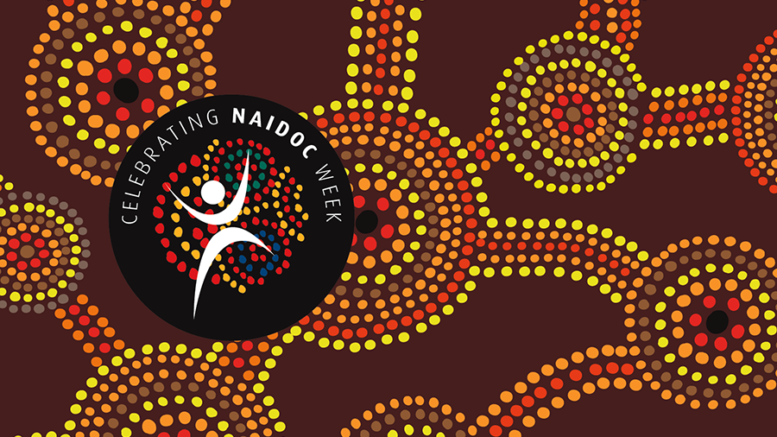
Be the first to comment on "NAIDOC and the First Nations and non-indigenous Australia moving forward"